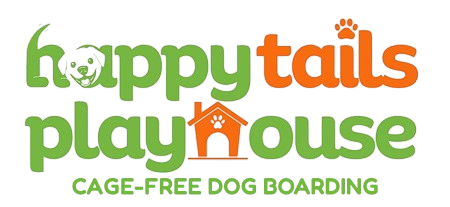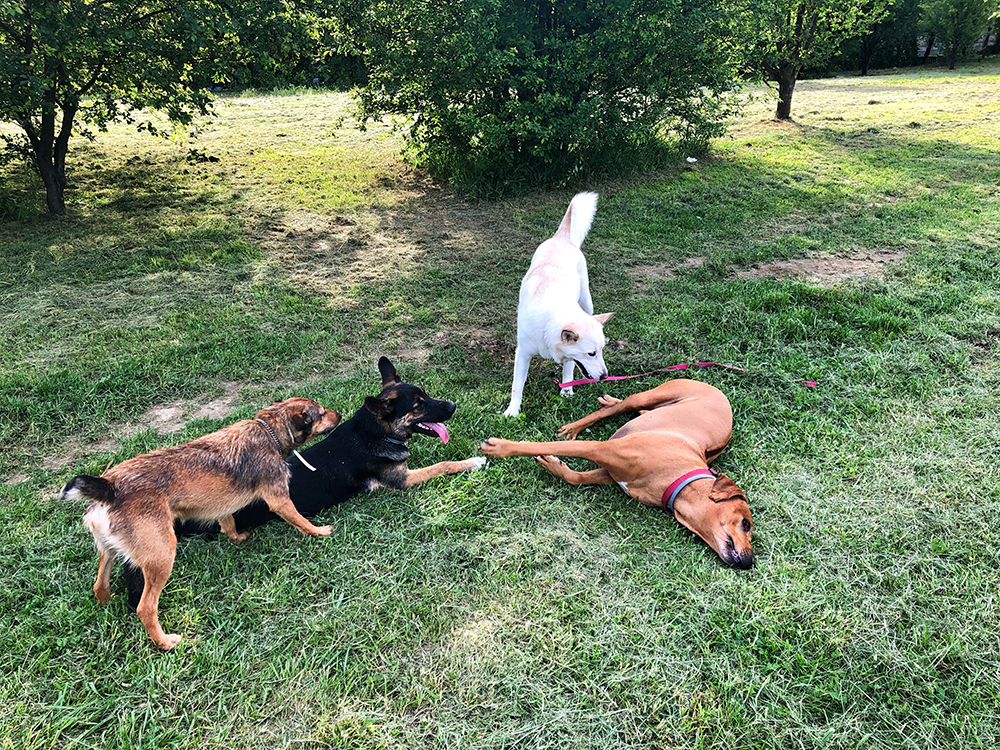Watching dogs play together is one of the purest joys in life. Their wagging tails, playful barks, and boundless energy are a delight to behold. But beyond the fun and games, there’s a deeper significance to dog-to-dog play. Socializing with other dogs is crucial for your pup’s overall well-being, helping them develop essential skills, stay healthy, and lead a happier life.
Why Dog-to-Dog Play is Essential
- Social Development and Behavior
Just like humans, dogs are social creatures that need interaction with others of their kind. Playing with other dogs teaches your pup important social skills, such as how to communicate, share, and understand boundaries. Through play, dogs learn how to read each other’s body language, recognize play signals, and even practice self-control. These experiences are vital for developing a well-rounded, well-behaved dog. - Physical Exercise and Health
Dogs need regular exercise to stay healthy, and playing with other dogs is a fantastic way for them to burn off energy. Running, chasing, and wrestling with fellow pups provides a full-body workout that keeps your dog fit, builds muscle, and improves cardiovascular health. It’s also a great way to prevent obesity and associated health problems like joint issues and diabetes. - Mental Stimulation and Enrichment
Playing with other dogs isn’t just physically stimulating; it’s also a mental workout. Dogs engage their minds when they play, as they figure out how to interact, anticipate the next move, and adapt to different play styles. This mental stimulation is essential for keeping your dog sharp, reducing boredom, and preventing destructive behaviours that can arise from a lack of mental engagement. - Emotional Well-Being
Dogs, like people, need companionship to thrive emotionally. Regular interaction with other dogs can boost your pup’s mood, reduce stress, and help alleviate feelings of loneliness or anxiety. Dogs that frequently play with others tend to be more confident, less anxious, and better adjusted to different situations, making them happier overall. - Learning to Share and Take Turns
Dog-to-dog play often involves toys, sticks, or even the attention of their human companions. Through these interactions, dogs learn valuable lessons in sharing and taking turns. This helps prevent possessive behavior and teaches your dog to be more tolerant and patient, which can be particularly important in multi-dog households. - Building Trust and Reducing Aggression
Dogs that are regularly exposed to play with other dogs from a young age are less likely to develop aggressive tendencies. Play helps them build trust in other dogs, reducing fear-based aggression and helping them feel more comfortable in a variety of social settings. This makes them more relaxed and enjoyable companions, whether at home or out and about.
How to Facilitate Safe and Positive Dog-to-Dog Play
- Choose the Right Playmates
Not all dogs play well together, so it’s important to find playmates that match your dog’s energy level and play style. Some dogs are rough and tumble, while others prefer gentle play. Introducing your dog to well-socialized, friendly dogs is key to ensuring positive interactions. - Supervise Playtime
Always keep an eye on your dog when they’re playing with others. While most dog play is harmless fun, things can sometimes escalate, especially if one dog becomes too excited or if there’s a mismatch in play styles. Be ready to step in if necessary to ensure everyone is playing safely and respectfully. - Start Small and Build Up
If your dog is new to socializing with other dogs, start with small, controlled playdates before introducing them to larger groups. This gradual approach helps build their confidence and allows them to get comfortable at their own pace. - Respect Their Comfort Level
Some dogs are more introverted and may prefer shorter play sessions or quieter environments. Respect your dog’s comfort level and don’t force them into situations where they feel overwhelmed or anxious. Playtime must remain a positive and enjoyable experience.
Dog-to-dog play is more than just a fun way to pass the time—it’s an essential part of your dog’s development and well-being. By allowing your dog to interact and play with others, you’re helping them grow into a well-rounded, healthy, and happy companion. So, the next time you see your dog bounding toward another pup, let them go. It’s not just play—it’s a vital part of their life.

